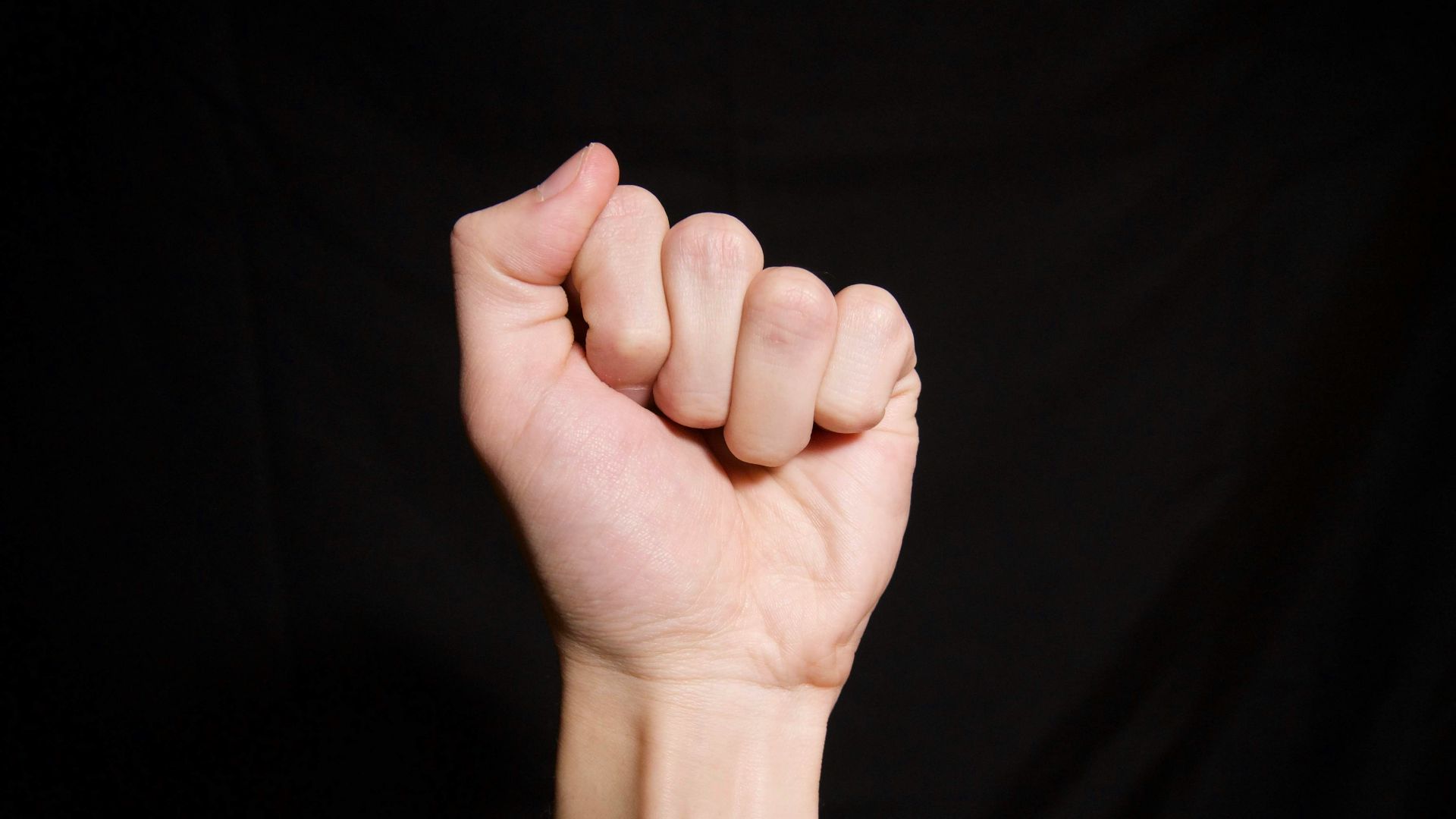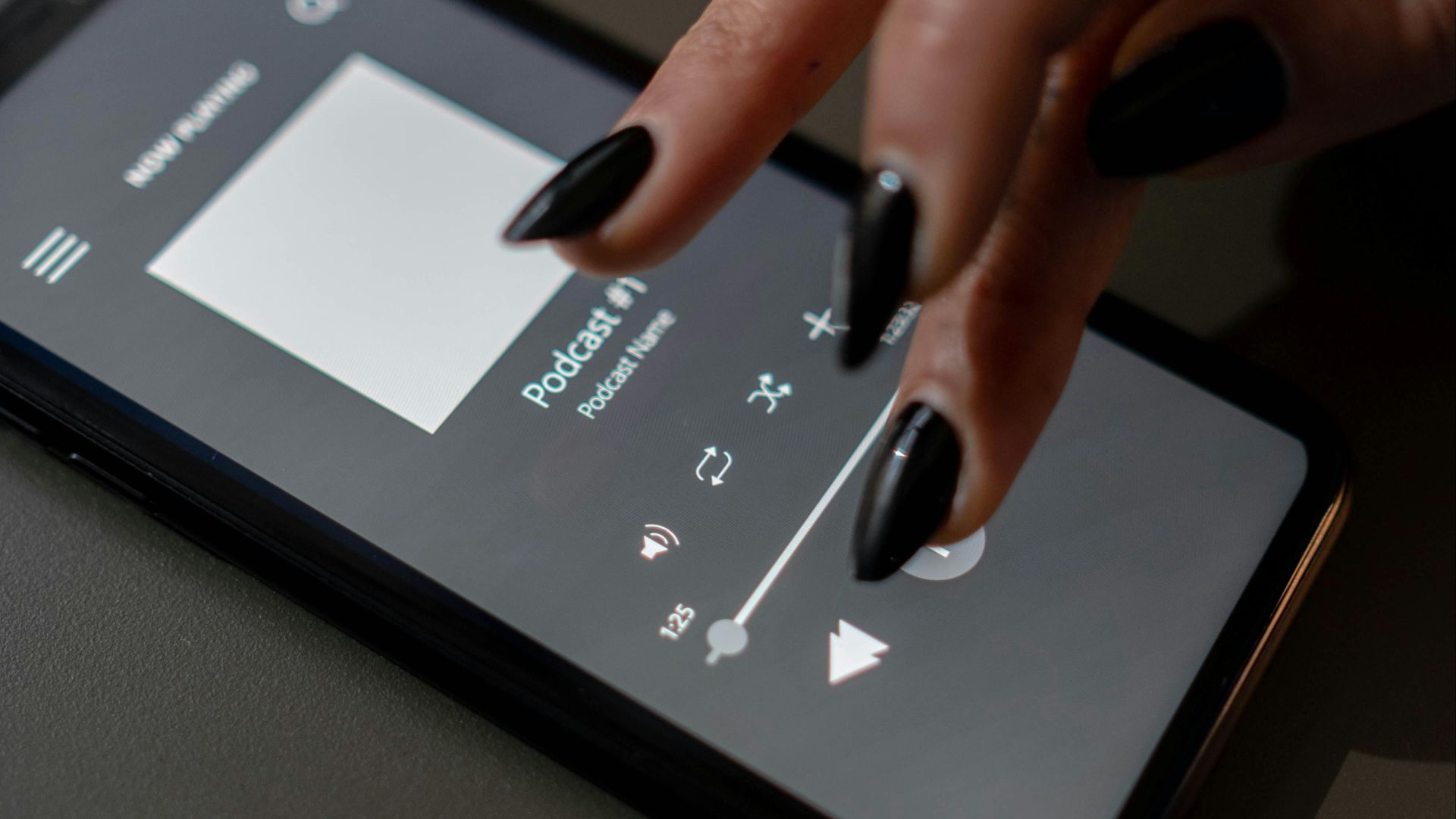Overcoming the Impending Sense of Doom
Panic attacks are terrifying—anyone who has had one will understand just how overwhelming they can be. But if you've never experienced one before or you're unfamiliar with how symptoms present themselves, how can you recognize when someone is having a panic attack? Here are 10 key signs to watch out for—and 10 ways you can help them manage their anxiety.
1. Shortness of Breath
One of the most obvious signs that someone is having a panic attack is if they're taking in short, rapid breaths. They might tell you that it feels like they can't breathe or get enough air in, which leads to them exhaling in one go and inhaling quickly again, thus feeding the panic and worsening the attack.
2. Disassociation
If you've ever had a panic attack, you'll understand when someone is disassociating. They'll be less responsive or unable to keep up conversation, and they'll feel like they're having an out-of-body experience, like they're floating. Disassociation is sometimes paired with depersonalization, where your surroundings feel like they're not real or that you're dreaming.
3. Rapid Pulse
With shortness of breath comes rapid pulse. This is because when we breathe in, we activate the sympathetic system which quickens our heart rate. Conversely, when we breathe out, the parasympathetic system is activated and slows our pulse back down.
If someone is having a panic attack, they'll take shallow breaths from their chest rather than the diaphragm, which kicks up their heart rate.
4. Unfocused Eyes
Similar to disassociation, another sign that someone might be having a panic attack is if they have a glazed look or unfocused eyes. This is especially true in cases of depersonalization, since they'll feel as though they're in a dream and may look at things oddly.
5. Sweating or Chills
Hot flashes, sweating, or chills are all signs of a potential panic attack. The person may complain that they're feeling overly warm one second then extremely cold the next, often accompanied by sweating. These sensations are due to the rush of adrenaline that floods your system, triggering your body's fight-or-flight response.
6. Fetal Position
When we're feeling anxious or panicked, we often curl ourselves into a fetal position, with our heads and knees tucked close to the chest. Studies show that the reason for this is because it's a pose that offers comfort, warmth, and security, which works as a soothing technique in times of intense stress or emotions. Someone who is having a panic attack may also coil up into this position as a way to calm down.
 Photo By: Kaboompics.com on Pexels
Photo By: Kaboompics.com on Pexels
7. Trembling
With the surge of adrenaline that's released during panic or anxiety attacks, your body and muscles are tensed up as the brain tries to process the danger you're in.
In other words, your body's fight-or-flight system is preparing to fend off whatever the threat is, which is why you may see a person trembling or shaking when they're having an attack.
8. Sense of Impending Doom
One of the hallmark symptoms of a panic attack is an overwhelming sense of impending doom. This makes you feel like something horrible is about to happen, like you're having a heart attack and about to die, even when there's no real danger. You'll know someone is having this sensation if they tell you that they feel like something life-threatening is about to occur.
9. Stumbling Over Words or Rushed Sentences
Slurred or rushed sentences or stumbling over words may be another sign someone is having a panic attack. During these episodes, the brain can't concentrate as it's overcome with anxiety and heightened emotions, which can make it hard to focus or converse with others.
 Georgina Vigliecca on Unsplash
Georgina Vigliecca on Unsplash
10. Loss of Control
Another key sign of a panic attack is feeling a loss of control. Sometimes, this might make someone go rigid as their body tenses up, or it might make them feel restless, like they have to keep moving around to try and regain composure. Most of the time, though, they'll feel like they're spiraling.
Now that you know the signs, let's jump into the 10 ways you can help someone through a panic attack.
1. Talk to Them
Talking someone through their panic attack is one of the easiest ways you can help them. This is because during intense anxiety episodes like these, their thoughts will be running a mile a minute and that sense of impending doom perpetuates. Your voice will act like an anchor and ground them back to the present.
2. Deep Breathing Exercises
Remember when we said breathing in triggers the sympathetic nervous system, which increases our heart rate, and breathing out triggers the parasympathetic nervous system that slows our pulse back down? This is why breathing exercises help immensely. When you're helping someone through a panic attack, guide them to inhale for four seconds, hold for four to seven, then breathe out for eight.
3. Distract Them
Whether through talking, telling jokes, singing, or something else, distractions prove helpful for getting someone through panic attacks. As we mentioned earlier, different sounds and sensations can act as anchors, which works as a grounding technique.
4. Do Some Light Exercise
Accompany them on a walk around the neighborhood or encourage them to do some light exercise. Again, this can work as a distraction to force their brain to think about something else other than the sense of impending doom, but pumping up your heart rate in this way may reset the body's fight-or-flight mode.
Plus, exercising releases endorphins, which lowers stress and helps you feel more relaxed and happy.
5. Try the 5-4-3-2-1 Grounding Method
After guiding through breathing exercises, try doing the 5-4-3-2-1 grounding method with them. This involves asking them to: look for five objects they can see, four things they can touch, three sounds they can hear, two scents they can smell, and one thing they can taste. This technique helps recalibrate the senses.
6. Repeat Affirmations
Repeating affirmations may also help. Mantras such as: "I am safe and in control," "I have lived through this before," and "I am strong" are just some of the examples you can guide them to say with you. If they already have affirmations of their own, encourage them to recite those out loud.
7. Shock the Senses
Sometimes, shocking the senses can help someone get out of a panic attack quickly. You can either suggest that they splash their face with cold water, or hold an ice cube in each palm. The reason why this method works is because the extreme temperature activates your parasympathetic system and triggers the body's stress response.
8. Play a Guided Meditation or Podcast
Guided meditation audio or podcasts are also helpful. These may work as distractions, since the brain tunes its focus onto the voice and what's being described to them.
But they also typically paint calming imagery and scenes, which also help the mind and body relax.
9. Remind Them That This Feeling Will Pass
When you're helping someone through a panic attack, it's important to remind them that no matter how scary and real their sensations are at the moment, these feelings will pass. Anxiety episodes like these, unfortunately, usually happen more than once; if they've survived through it before, they will survive it this time.
10. Take Medication
If it's a particularly bad panic attack and they regularly take medication for it, get this ready for them with a mug of warm water or something soothing. And, if at any point you feel like you can't handle getting them through their attack alone, reach out to their therapist or get professional help.
KEEP ON READING

20 Countries That Offer Great Maternity Leave

20 Exercises To Start Your Calisthenics Journey

20 Things You Can Learn From Your Poop























